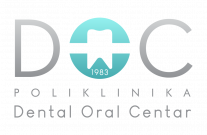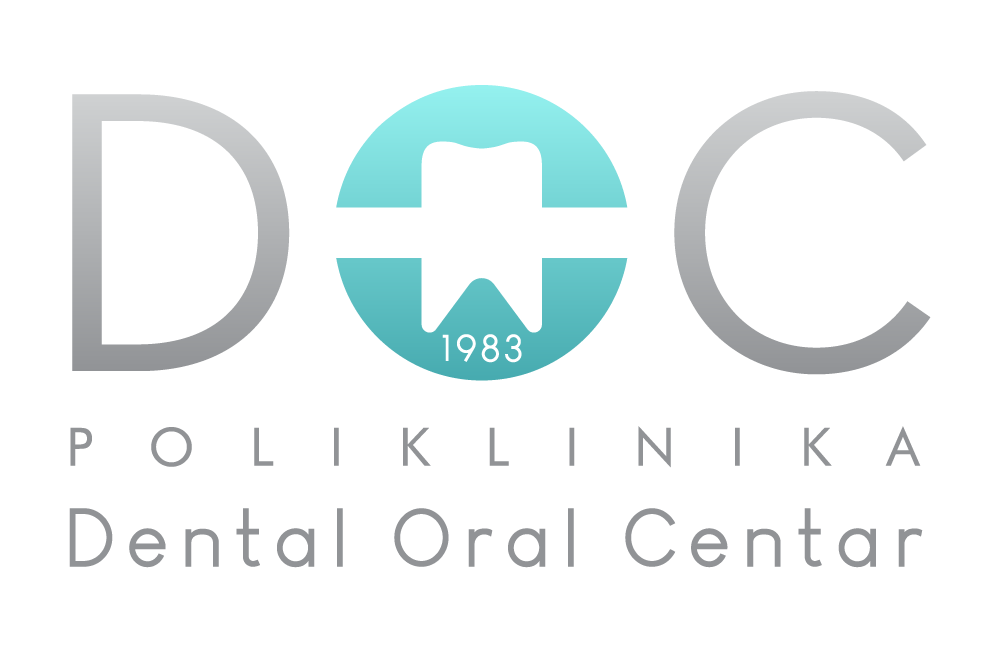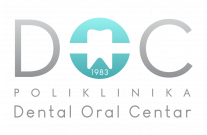Inflammation of the gums or gingivitis is an inflammation of the gingiva (gums). It occurs as a consequence of poor oral hygiene and the action of bacteria. If left untreated, it progresses to periodontal disease. Some of the symptoms of gingivitis are red and swollen gingiva, bleeding during or after brushing.
Gingivectomy and gingivoplasty are the removal of excess gingiva and reshaping to reduce gingival pockets and allow its proper hygiene.





